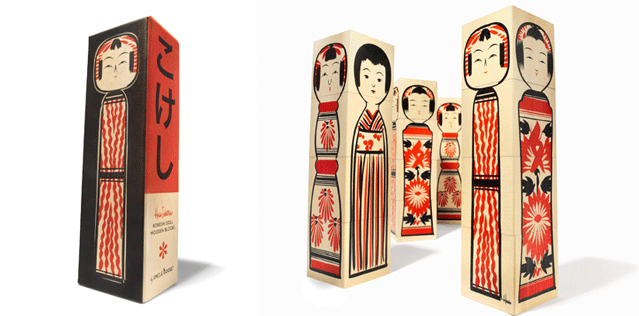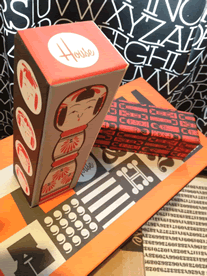

STYLE/DESIGN
House Industries’ Take on Japanese KOKESHI Dolls
Kokeshi are handmade wooden dolls made by artisans in the northern regions of Japan. There are conflicting accounts about where kokeshi originated and how it got its name. Japan has seen occasional resurgences of interest in kokeshi over the years, but with the number of artisans decreasing, there are less and less kokeshi out there, and kokeshi still remain largely unknown outside of Japan. But now we hear that House Industries, a Delaware based design company mostly known for its screaming fonts, is adding kokeshi blocks to its block collection. We asked Andy Cruz, a partner in the firm and a frequent traveler to Japan, "Why?"

RSS Feed